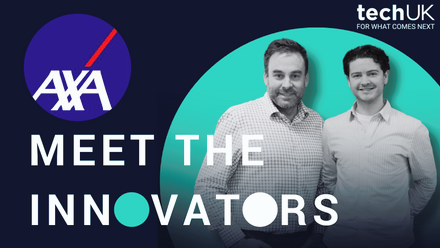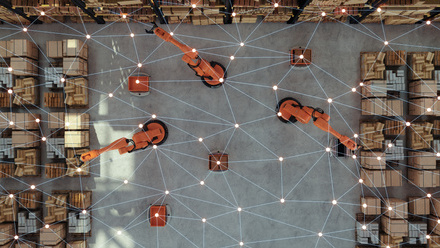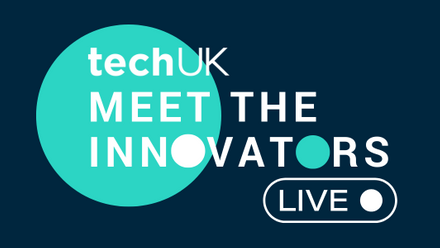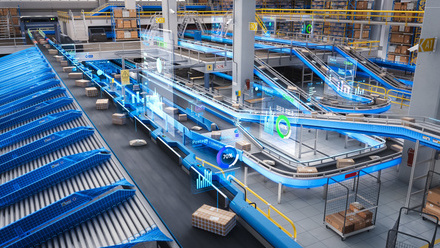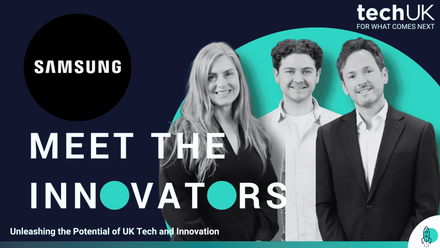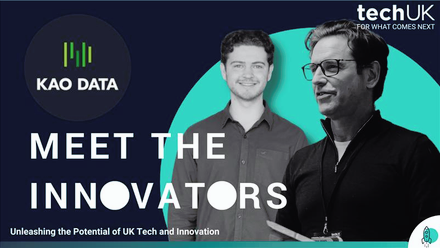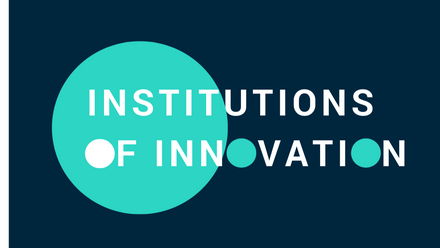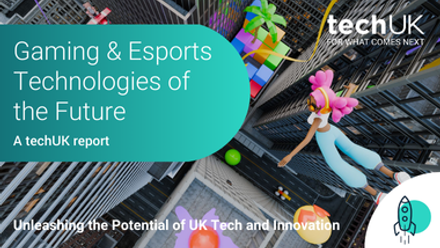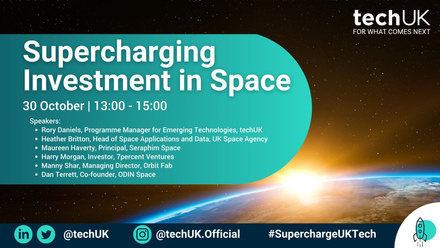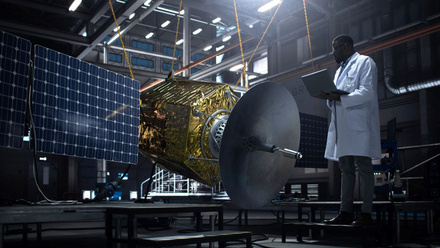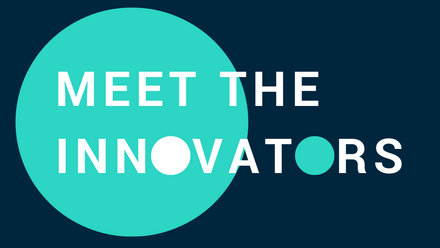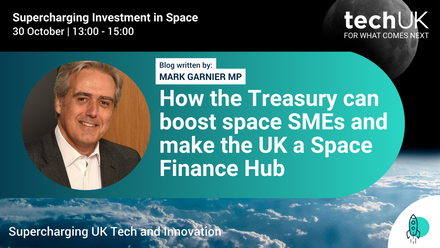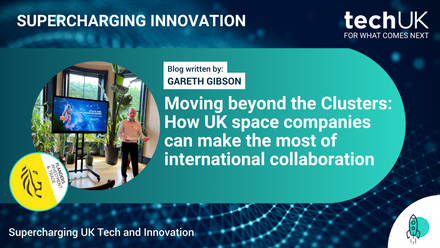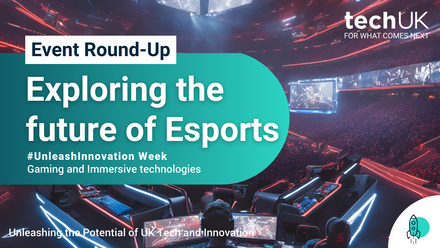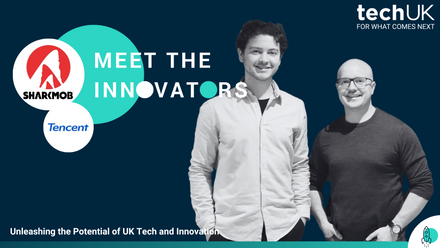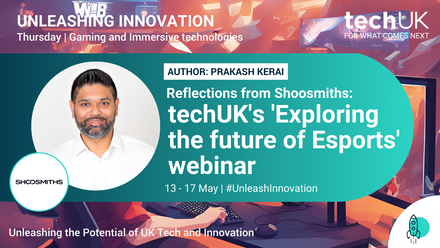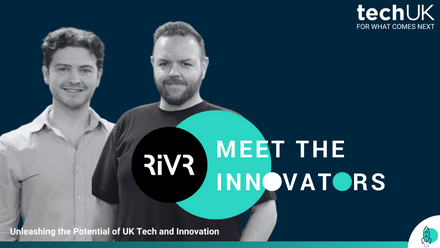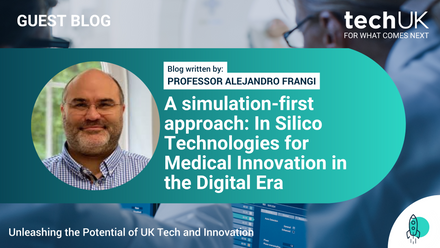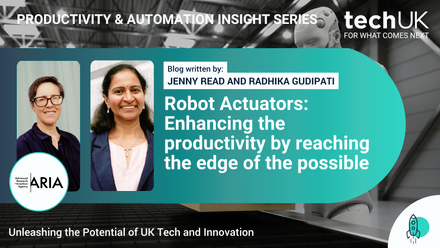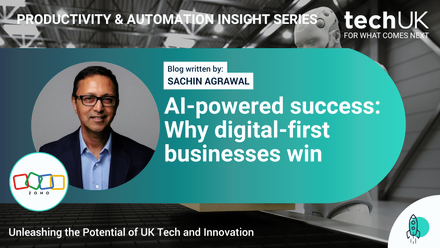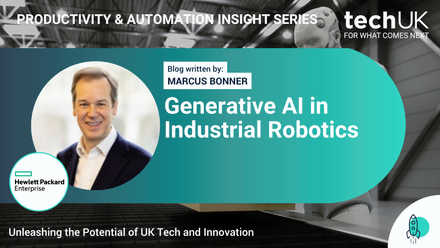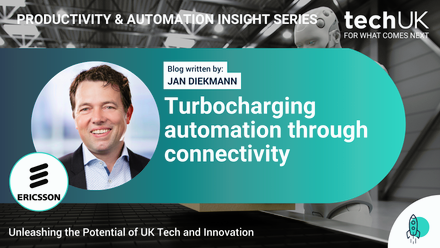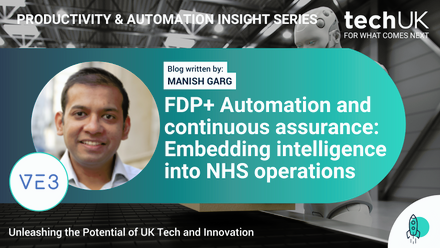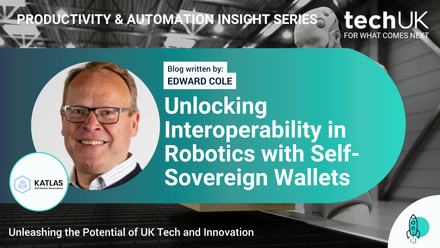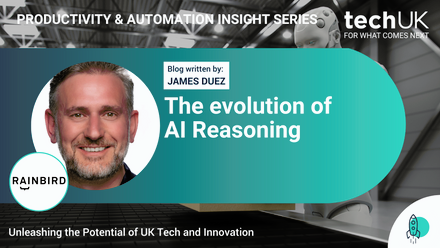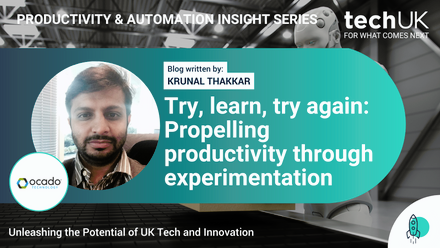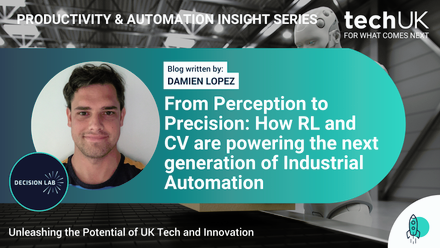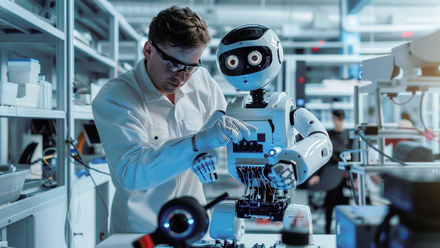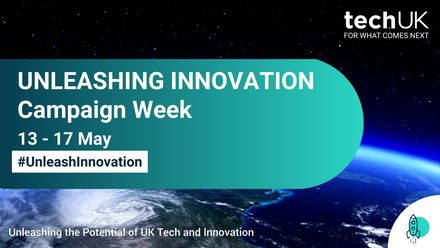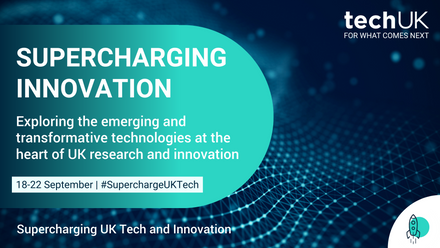The Age of AI-Specific Hardware Beckons
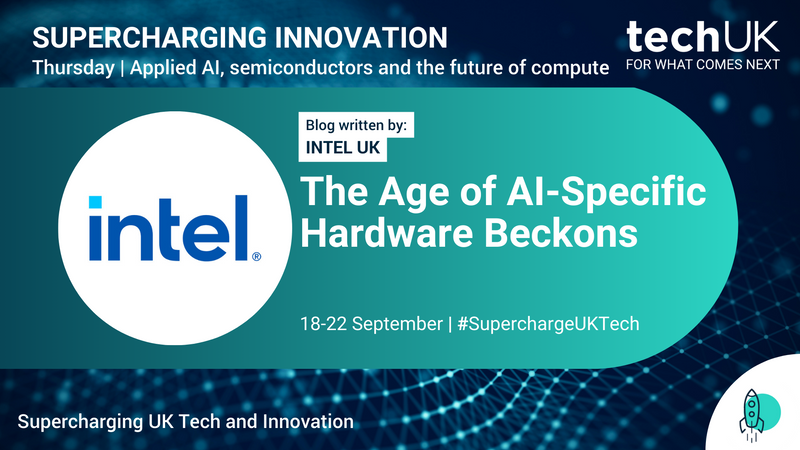
It’s an acronym popping up in workplaces across industry sectors – AI – for the simple reason that the effective use of this technology has the potential to drive greater business efficiencies and critical insights. For developers serious about integrating AI, tailor-designed hardware is not only a “nice-to-have” but, increasingly, a “must-have”.
AI-specific hardware can significantly benefit current AI use cases and, beyond that, will play a defining role in the future of technological advancement.
Right tools for today’s jobs
Across all domains, AI workloads all have one thing in common: an insatiable thirst for data and compute. To be performant and efficient, this requires heavy-lifting processing capabilities from your hardware. It’s this need for next-gen performance (and a host of other AI-relevant benefits) driving a wave of specialised AI-hardware.
It’s also why semiconductor specialists have been hard at work, finessing their AI portfolios. Take Intel’s offerings for example – the company has an end-to-end range that covers a host of hardware increasingly sought after in today’s AI-driven landscape, including processors with built-in AI acceleration, dedicated AI accelerators for training and inference, for Meteor Lake we went with NPU (Neural Processing Unit), and more.
Already available in its second-generation iteration, Gaudi by Intel® subsidiary Habana is a DL (Deep Learning) processor that has met the needs for high levels of training throughput and efficiency. Gaudi2 also provides substantially competitive cost advantages to customers, both in server and system costs. This helps businesses run an increasing volume of AI-led applications and services completing tasks such as image- and gesture recognition in videos, speech recognition, natural language processing, and others. Gaudi2 is designed for easy scalability, and companies have the choice to run it in the cloud or in their data centre. PyTorch and TensorFlow frameworks are available to drive the execution of Gaudi2’s DL models, which significantly increase AI-training performance and operational agility for developers, whether they’re working on the largest multi-modal models or more basic computer vision.
Speaking of the PyTorch or the Tensor Flow Frameworks, these are compatible with another AI-boosting innovation: the Intel® Data Center GPU Max Series. Previously codenamed Ponte Vecchio, this series is based on the scalable graphics and compute Intel Xe HPC micro-architecture, which is designed to deliver exceptional performance and functionality for AI workloads but also for HPC workloads like scientific computing.
Better DL training is critical, but once complete, how quickly and efficiently can AI put what it’s learnt to use? Inference is the ability of DL-trained AI to take new data and use what it’s learnt to deliver insights. A novel solution built into 4th Gen Intel® Xeon® Scalable processors, the Intel® Advanced Matrix Extension (AMX), is an integrated AI accelerator that significantly ramps up the inferencing power of machine learning platforms while improving the efficiency too. In fact, in one real-world case study, it boosted end-to-end inferencing performance by 2.48x, helping the client improve accuracy without sacrificing latency. Both Data Center GPU Max Series and 4th Gen Xeon Scalable processors share the same open programming and multiarchitecture tools, the Intel oneAPI solution.
Coming up next is Meteor Lake with its integrated NPU (Neural Processing Unit), targeting laptops. The NPU makes quick work of processing AI workloads like Microsofts Studio Effects in a way that frees up computing resources on the CPU or GPU.
Increasingly, cost and power efficiencies need to be balanced with superior performance and speed. Compared with general-purpose offerings, specialist AI hardware is truly primed to deliver on these fronts. If the use of AI continues its current trajectory, hardware like this won’t simply be a ‘nice-to-have’ solution for driving competitive edge: it will likely be the norm in years to come; a business ‘must-have’.
The next AI frontier
Cutting-edge hardware is clearly an enabler of AI-led innovation happening right now. What’s exciting is the next evolution. The power of tailored hardware is multiplied when you team it with specialised software in a single technology solution that’s guided by the principles of biological neural computation.
While this sounds theoretical, this is exactly what neuromorphic computing is. Taking a radical departure from the current mainstream AI solutions, this new architectural approach more closely emulates how the human brain operates to deliver capabilities closer to human cognition. It’s capable of more autonomous, cognitive reactions to data in real time and has significantly improved power efficiency.
Working tirelessly to transition neuromorphic computing out of the confines of research labs and into commercial field applications is The Intel Neuromorphic Research Community (INRC). Comprising over 75 partners from all over the world – including research teams from major technology, automotive, aerospace, and academic organisations – the INRC’s ongoing research has led to some key breakthroughs. Intel’s development of its second-generation neuromorphic research chip, Loihi 2, has enabled such innovation. INRC researchers have been able to leverage this chip, alongside Intel’s LAVA open-source software framework to unlock collaborative progress that converges on a common set of tools, methods, and libraries.
If innovations based on the first iteration of the Loihi are anything to go by – researchers trained the chip to learn neural representations of 10 smells, which is a benefit that could help home-use sensors distinguish between carbon monoxide and smoke – the possibilities seem endless. Indeed, they are, with the caveat that we need to help shape communities and environments to nurture this technological evolution.
Encouraging advancements
The UK has played a role in breaking technological ground in the past, and the opportunity is there for the nation to secure its pole position, spearheading new AI advances in the coming years.
A greater push for research investment in neuromorphic technologies is needed. Alongside this, we need to focus on providing specialised training for the next generation of skilled AI processor architects and designers to help scale the expert use of such technology.
Public- and private-sector organisations should join forces in a collaborative effort to usher in this new era of advancement. Multi-stakeholder partnerships should adopt a co-design-based approach to bring together neuroscientists and specialised tech developers and designers so that the entire software-defined, silicon-enhanced stack is created and optimised together.
We should also strive for increased accessibility. If the wider industry encourages a more open software ecosystem for AI, it will help foster innovation while mitigating vendor lock-in. Intel has helped the industry make great strides on this front through the oneAPI initiative.
Staying ahead of the curve
There are a host of exciting AI developments already available, and others are being actively worked on in research labs.
In the long-term, new architectural approaches such as neuromorphic computing offer to power a future of autonomous AI solutions with energy efficiency and continuous learning at their heart. Truly promising to open the doors to exciting new possibilities across sectors and industries.
While businesses help sow the seeds for this next evolution, priming a skilled workforce and championing a collaborative spirit alongside other stakeholders, they can take advantage of efficiency and cost gains in AI right now. Embracing specialised hardware to better manage AI workloads is an important action that will put you in good stead for what comes next.
techUK – Unleashing UK Tech and Innovation
The UK is home to emerging technologies that have the power to revolutionise entire industries. From quantum to semiconductors; from gaming to the New Space Economy, they all have the unique opportunity to help prepare for what comes next.
techUK members lead the development of these technologies. Together we are working with Government and other stakeholders to address tech innovation priorities and build an innovation ecosystem that will benefit people, society, economy and the planet - and unleash the UK as a global leader in tech and innovation.
For more information, or to get in touch, please visit our Innovation Hub and click ‘contact us’.
Latest news and insights
Other forms of content
Sprint Campaigns
techUK's sprint campaigns explore how emerging and transformative technologies are developed, applied and commercialised across the UK's innovation ecosystem.
Activity includes workshops, roundtables, panel discussions, networking sessions, Summits, and flagship reports (setting out recommendations for Government and industry).
Each campaign runs for 4-6 months and features regular collaborations with programmes across techUK.
techUK's latest sprint campaign is on Robotics & Automation technologies. Find out how to get involved by clicking here.
Running from September to December 2023, this sprint campaign explored how the UK can lead on the development, application and commercialisation of space technologies, bring more non-space companies into the sector, and ultimately realise the benefits of the New Space Economy.
These technologies include AI, quantum, lasers, robotics & automation, advanced propulsion and materials, and semiconductors.
Activity has taken the form of roundtables, panel discussions, networking sessions, Summits, thought leadership pieces, policy recommendations, and a report. The report, containing member case studies and policy recommendations, was launched in March 2024 at Satellite Applications Catapult's Harwell campus.
Get in touch below to find out more about techUK's ongoing work in this area.
Event round-ups
Report
Insights
Get in touch
Running from January to May 2024, this sprint campaign explored how the UK can lead on the development, application and commercialisation of the technologies set to underpin the Gaming & Esports sector of the future.
These include AI, augmented / virtual / mixed / extended reality, haptics, cloud & edge computing, semiconductors, and advanced connectivity (5/6G).
Activity took the form of roundtables, panel discussions, networking sessions, Summits, and thought leadership pieces. A report featuring member case studies and policy recommendations was launched at The National Videogame Museum in November 2024.
Get in touch below to find out more about techUK's future plans in this space.
Report
Event round-ups
Insights
Get in touch
Running from July to December 2024, this sprint campaign explored how the UK can lead on the development, application and commercialisation of web3 and immersive technologies.
These include blockchain, smart contracts, digital assets, augmented / virtual / mixed / extended reality, spatial computing, haptics and holograms.
Activity took the form of roundtables, workshops, panel discussions, networking sessions, tech demos, Summits, thought leadership pieces, policy recommendations, and a report (to be launched in 2025).
Get in touch below to find out more about techUK's future plans in this space.
Event round-ups
Insights
Get in touch
Running from February to June 2025, this sprint campaign is exploring how the UK can lead on the development, application and commercialisation of robotic & automation technologies.
These include autonomous vehicles, drones, humanoids, and applications across industry & manufacturing, defence, transport & mobility, logistics, and more.
Activity is taking the form of roundtables, workshops, panel discussions, networking sessions, tech demos, Summits, thought leadership pieces, policy recommendations, and a report (to be launched in Q4 2025).
Get in touch below to get involved or find out more about techUK's future plans in this space.
Upcoming events
Insights
Event round-ups
Get in touch
Campaign Weeks
Our annual Campaign Weeks enable techUK members to explore how the UK can lead on the development and application of emerging and transformative technologies.
Members do this by contributing blogs or vlogs, speaking at events, and highlighting examples of best practice within the UK's tech sector.
Summits
Tech and Innovation Summit 2025
Tech and Innovation Summit 2023
Tech and Innovation Summit 2024
Receive our Tech and Innovation insights
Sign-up to get the latest updates and opportunities across Technology and Innovation.






